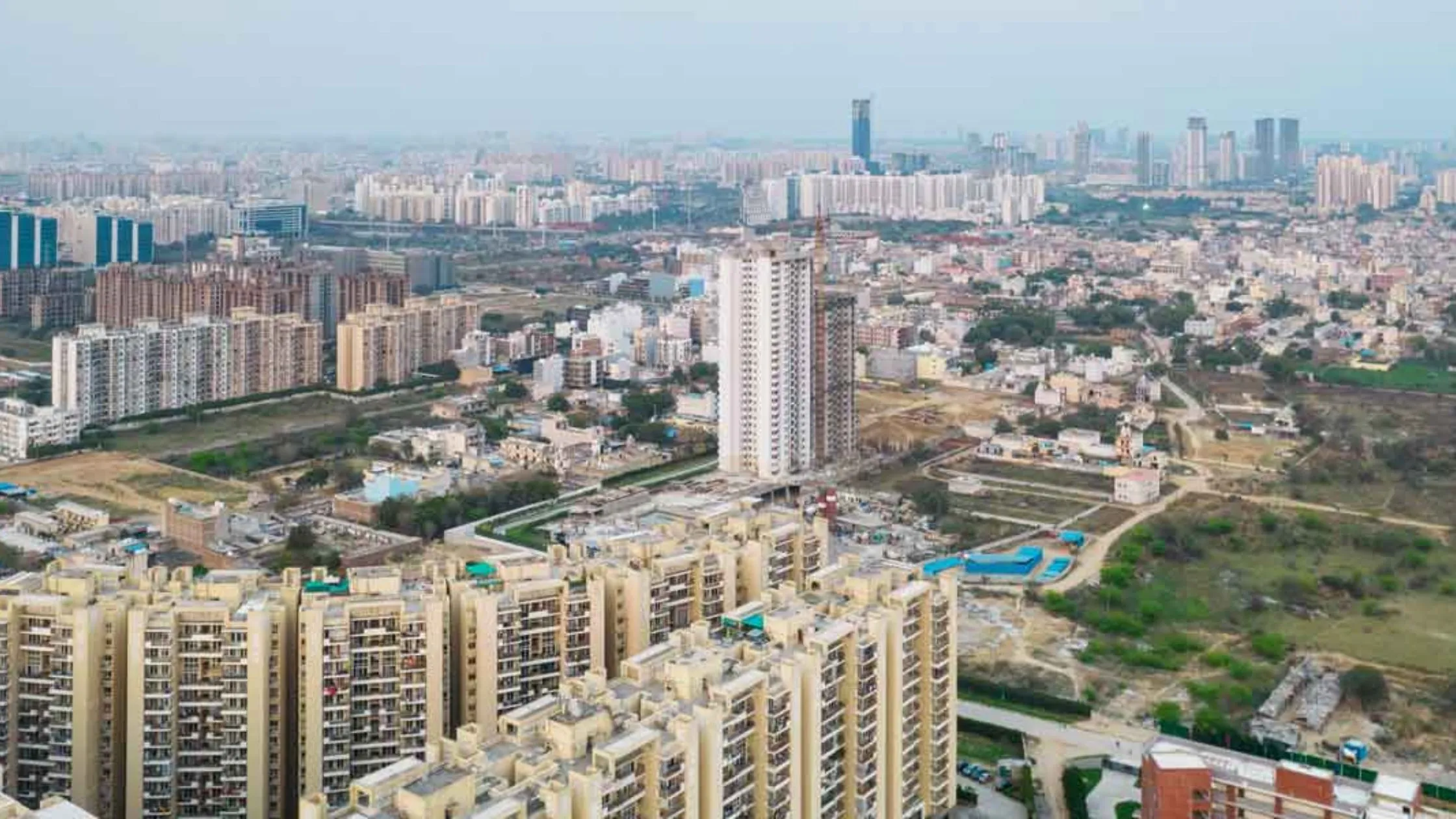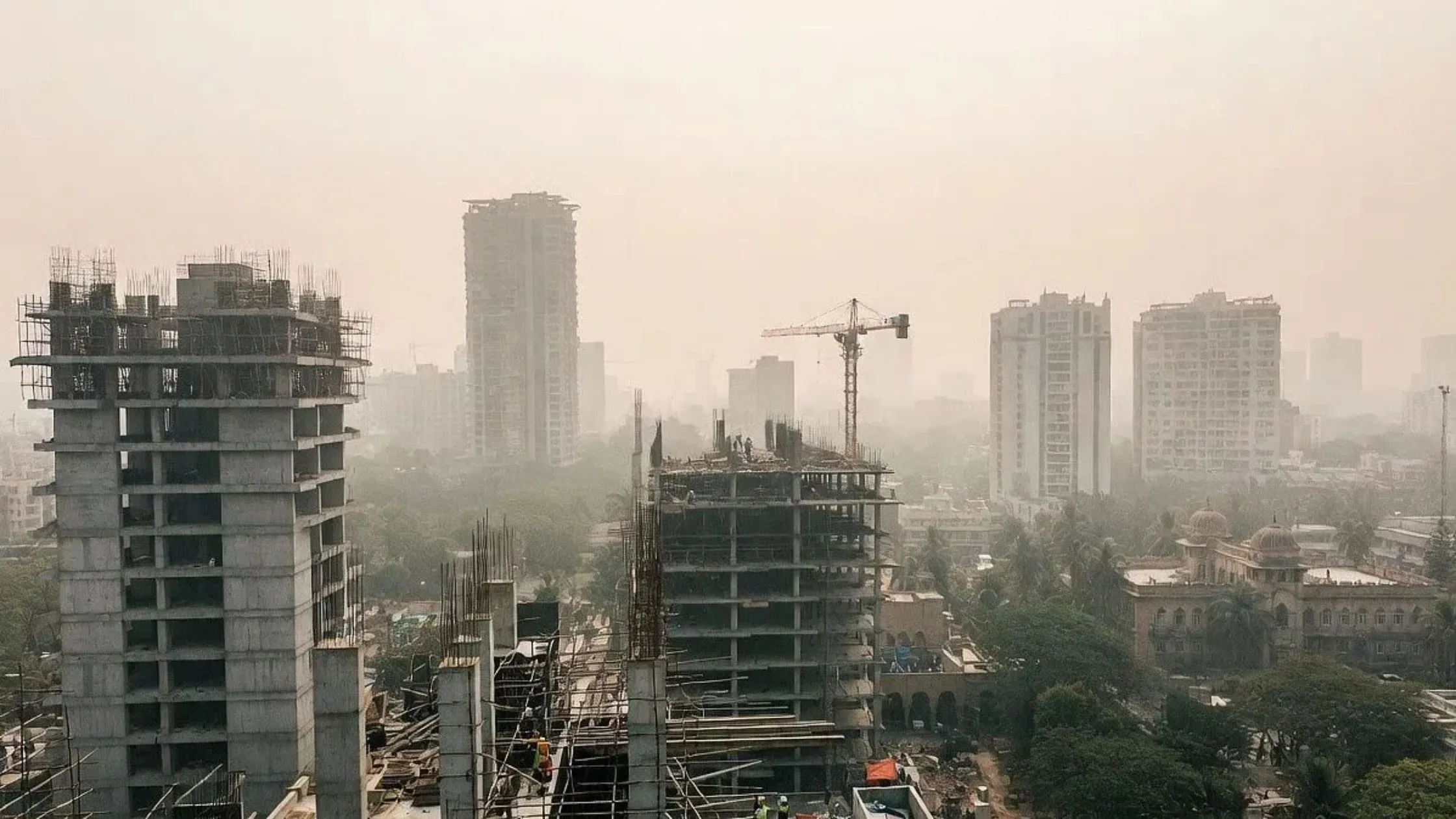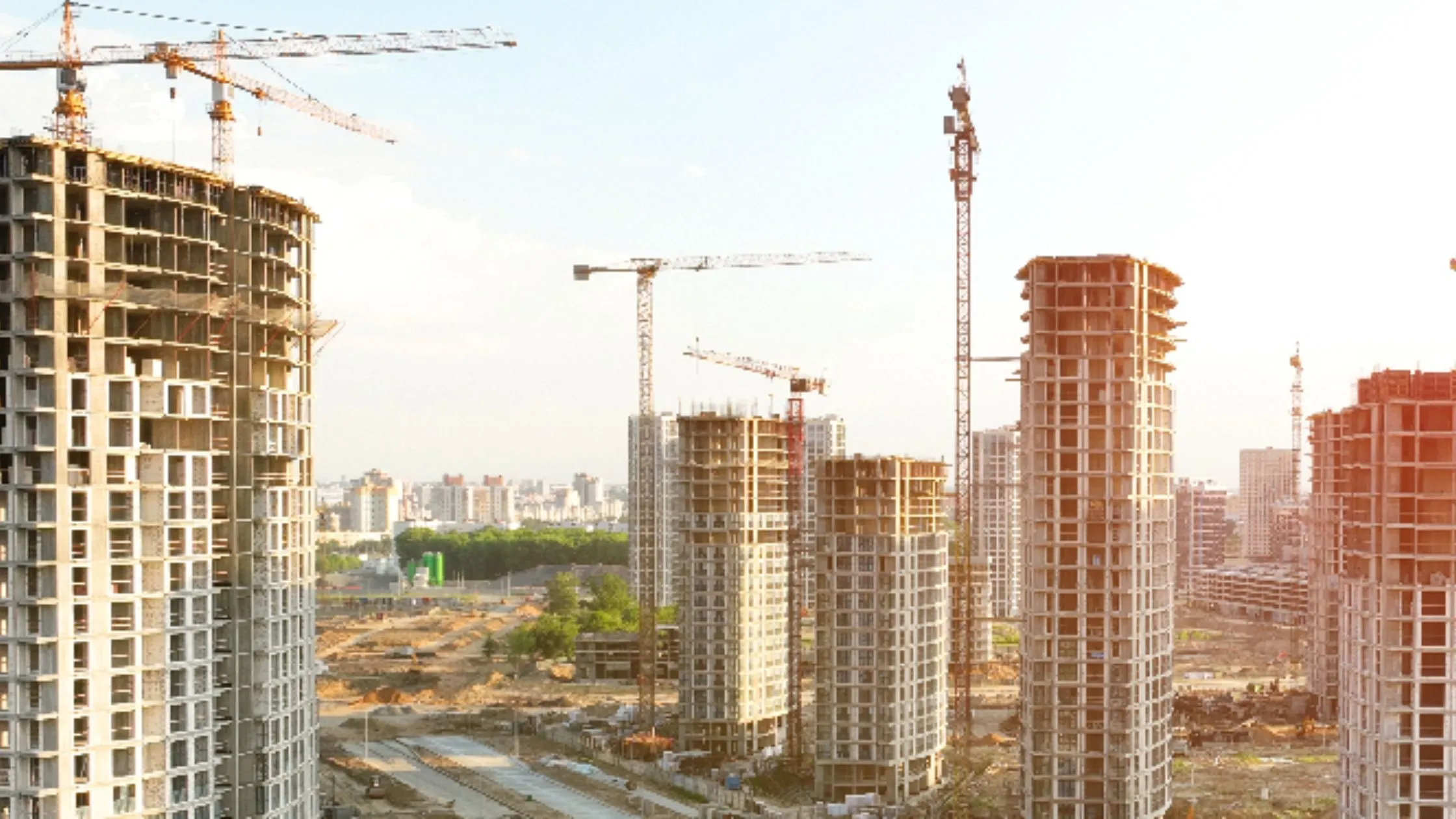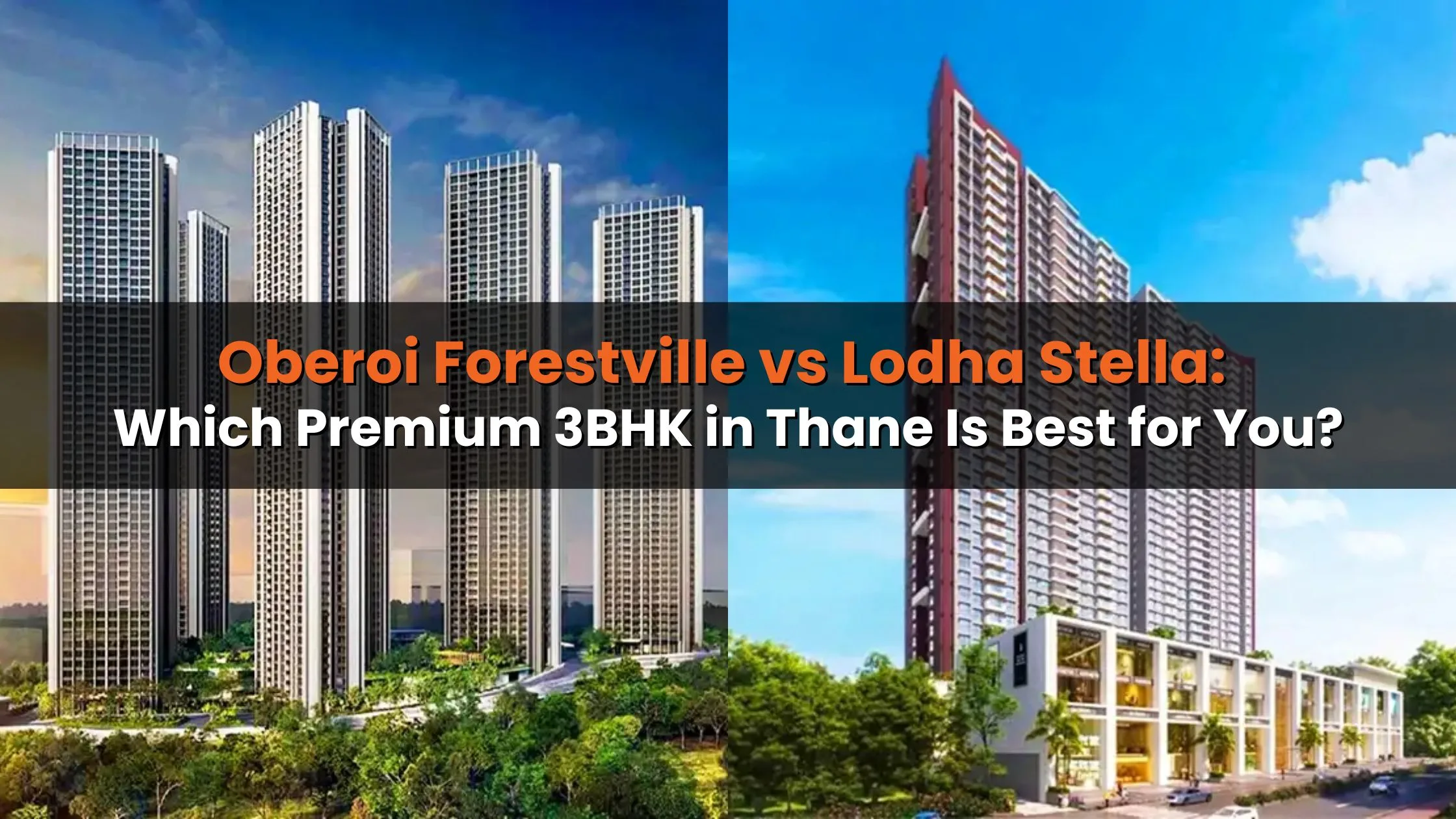Table of Content
The Gurgaon Metro, a transformative project for Gurugram's urban landscape, is poised to redefine connectivity and urban development in the region. With its comprehensive route, strategic map, detailed schedule, and significant real estate implications, this metro line represents a major advancement in the city’s infrastructure. Here’s an in-depth look at each aspect of the Gurgaon Metro.

About Gurgaon Metro
Huda City Center and Gurgaon Cyber City will be connected by the recently approved Gurgaon Metro through Old Gurgaon. After years of delay, the Union cabinet has finally given the project its approval. The project will link the city of Gurgaon's two sides once it is finished. The Metro is about 28.5 kilometres long in total. The main line will be approximately 26.65 km long, while the branch from Basai village to the Dwarka expressway will be built for the final 1.85 km. Over 2.5 million people are expected to benefit from the Huda City Center to Cyber City metro line. The construction of the metro line will also help the local economy grow. The authorities predict that 5.4 lakh passengers will use the line in 2026, while 7.26 lakh people would do so by 2031.
Latest News on New Gurgaon Metro Line
Gurgaon Metro - Key Features
Here are some of the key features of the newly approved Gurgaon Metro
|
Gurgaon Metro Line beginning station |
HUDA City Center, Gurugram |
|
Gurgaon Metro Line ending station |
Gurgaon Cyber City |
|
Number of stations on the line |
27 (including 1 depot) |
|
Total length of the Gurgaon metro line |
28.5 kms |
|
Current status |
Approved by Cabinet, work to commence soon |
|
Expected completion date |
2027 |
|
Estimated cost of construction |
Rs 6,800 Crores |
|
Metro line and station type |
Elevated |
|
Owner |
Haryana Mass Transport Corporation Ltd (HMRTC) |
Route and Map
The Gurgaon Metro project aims to bridge the gap between Huda City Center and Cyber City, two pivotal locations in Gurugram. The metro line will extend approximately 28.5 kilometers, making it one of the significant additions to the city’s public transport system. This route is split into two primary sections:
- Main Line (26.65 km): The main line will run from Huda City Center in Old Gurugram to Cyber City in New Gurugram. It will include 27 stations, serving key residential and commercial areas. This segment is designed to alleviate congestion on existing roads and provide a reliable alternative for daily commuters.
- Branch Line (1.85 km): A crucial extension from Basai Village to the Dwarka Expressway, this branch line will enhance connectivity to major road networks, facilitating easier access to surrounding areas and easing traffic flow.
Map Overview: The approved map of the Gurgaon Metro includes major stations such as Huda City Center, Sector 45, Subhash Chowk, Udyog Vihar, and Cyber City. The metro will be elevated, with stations strategically placed to ensure maximum coverage and convenience. Key areas along the route include bustling commercial centers and residential neighborhoods, ensuring the metro line serves a broad demographic.
Gurgaon Metro Stations
A total of 27 stations are defined for the new Gurgaon metro line connecting Huda City Center to Gurgaon Cyber City. These Gurgaon Metro stations are:
List of Approved Gurgaon Metro Stations |
||
|
HUDA City Center |
Sector 45, Gurugram |
Cyber Park |
|
Sector 47, Gurugram |
Subhash Chowk |
Sector 48, Gurugram |
|
Sector 72A, Gurugram |
Hero Honda Chowk |
Udyog Vihar Phase 6 |
|
Sector 10, Gurugram |
Sector 37, Gurugram |
Basai Village |
|
Sector 9, Gurugram |
Sector 7, Gurugram |
Sector 4, Gurugram |
|
Sector 5, Gurugram |
Ashok Vihar |
Sector 3, Gurugram |
|
Bajghera Road |
Palam Vihar Extension |
Palam Vihar |
|
Sector 23A, Gurugram |
Sector 22, Gurugram |
Udyog Vihar Phase 4 |
|
Udyog Vihar Phase 5 |
Cyber City |
Dwarka Expressway (Sector 101) |
Total Estimated Cost
- Rs 6,800 Crores
Funding Breakdown
-
Government of India Contribution
- Amount: Rs 896.19 Crores
- Details: This amount represents the central government’s share in the project’s funding, supporting national infrastructure development.
-
Government of Haryana Contribution
- Amount: Rs 1,432.49 Crores
- Details: The state government’s investment supports regional transportation needs and infrastructure improvements.
-
Haryana Urban Development Body Investment
- Amount: Rs 300 Crores
- Details: This investment is aimed at enhancing urban infrastructure and facilitating the metro’s integration into the existing urban framework.
-
Public-Private Partnership (PPP) Investment
- Amount: Rs 135.47 Crores
- Details: This includes investments in specific components like lifts and elevators, highlighting the role of private entities in the project.
-
Pass-Through Assistance Loan Component
- Amount: Rs 2,688.57 Crores
- Details: This major portion of the funding comes from loans, which will be repaid over time as the metro line becomes operational and revenue is generated.
Funding Sources Summary
- Government Contributions: Rs 2,328.68 Crores
- Haryana Urban Development Body: Rs 300 Crores
- PPP Investments: Rs 135.47 Crores
- Pass-Through Assistance Loan: Rs 2,688.57 Crores
Expected Impact
- Improved Connectivity: The new metro line will link key residential, commercial, and industrial areas, easing congestion and improving travel times.
- Economic Growth: Enhanced transport infrastructure is expected to stimulate local economic development and increase property values in connected areas.
- Increased Real Estate Investment: As connectivity improves, the areas along the metro route will likely see a rise in real estate investments and property prices.
The detailed financial plan underscores the collaborative efforts of various stakeholders to bring the Gurgaon Metro project to fruition, aiming to significantly enhance urban mobility and economic growth in the region.
Real Estate Impact
The Gurgaon Metro’s impact on real estate is expected to be profound. Here’s a detailed analysis of how various areas along the metro route will be influenced:
- Basai Village: Basai Village, once a semi-rural area, is set to become more urbanized due to the metro’s arrival. The improved connectivity will likely increase property values and attract both residential and commercial investments.
- Sector 37: An established residential and commercial hub, Sector 37 will see enhanced accessibility and increased real estate interest. The metro line will improve daily commutes, potentially driving up property prices and rental rates.
- Sector 9: Known for its affordable housing options, Sector 9 will benefit from the metro’s connectivity, making it more attractive to both buyers and investors. The metro line will boost property values and rental demand in this area.
- Sector 5: Sector 5’s residential appeal will be further enhanced by the metro line, offering residents better access to commercial and business centers. This improvement is likely to stimulate property investment and development in the sector.
- Ashok Vihar: Ashok Vihar, a reasonably priced residential neighborhood, will experience a rise in property values due to its increased connectivity. The metro will facilitate easier commutes, enhancing the area’s appeal to prospective homebuyers and investors.
- Palam Vihar Extension: As an extension of the well-connected Palam Vihar area, this locality will benefit from the new metro line. Improved transportation links will boost real estate demand and property values in Palam Vihar Extension.
- Udyog Vihar Phases 4 and 5: Udyog Vihar, a major industrial and commercial area, will see significant benefits from the metro line. Enhanced access for employees and visitors will support business growth and drive up commercial property values.
Summing It Up on Gurgaon Metro
The development of the new Gurgaon metro line will help resolve connectivity issues within Gurgaon. Currently Gurgaon has limited inter-city commute options. It will also improve the overall economic development of old Gurugram. Finally, it is also expected to have a positive impact on real estate, especially in the Old Gurugram area.
Also Read: 10 Best Places to Live in Gurgaon (Gurugram) City







